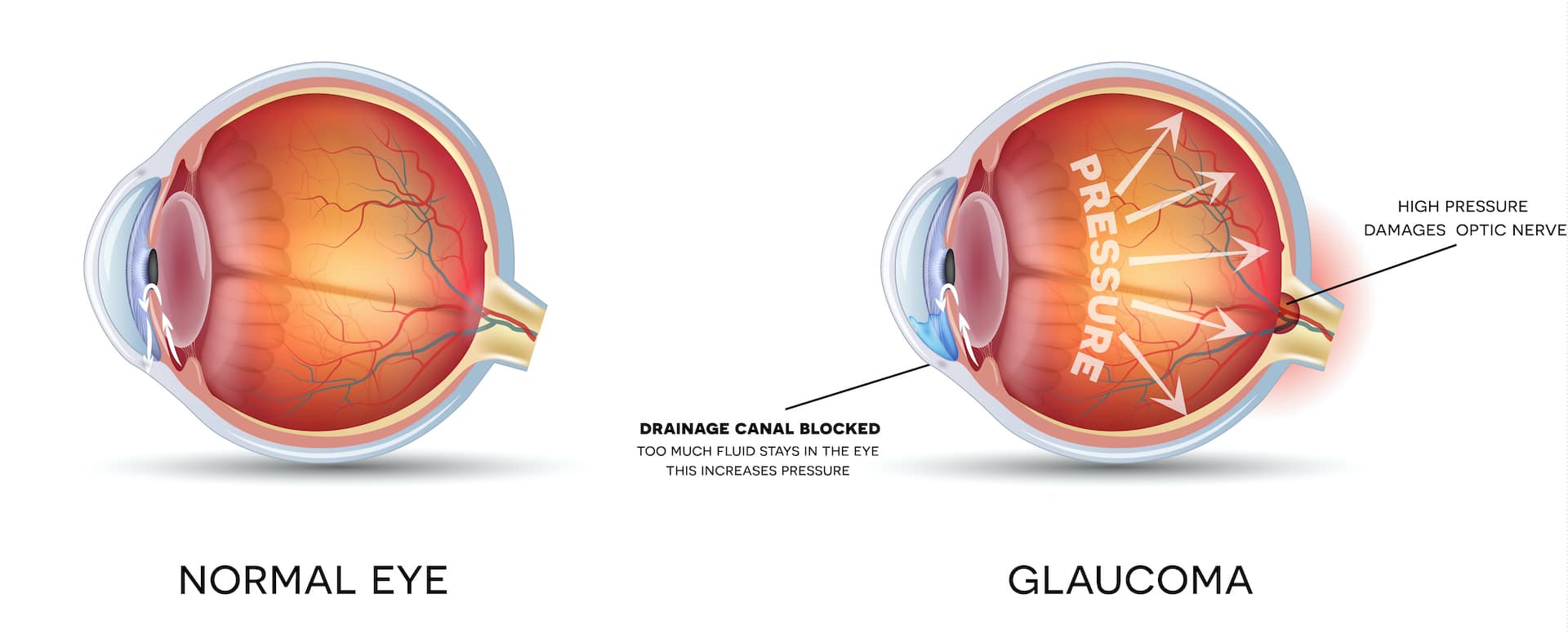Experienced Retina Service Near Me: Comprehensive Eye Care Solutions
Experienced Retina Service Near Me: Comprehensive Eye Care Solutions
Blog Article
Understanding the Different Vision Improvement Procedures Available for Clearer Sight
In the realm of vision correction procedures, a multitude of choices exist to resolve refractive mistakes and give individuals with more clear view. Let's explore the ins and outs of these treatments and lost light on the course to achieving improved vision clearness.
LASIK Surgical Procedure
LASIK surgical treatment is an usual refractive procedure used to remedy vision problems such as astigmatism, farsightedness, and nearsightedness. This surgical strategy, which stands for Laser-Assisted in Situ Keratomileusis, aims to improve the cornea to enhance how light is concentrated on the retina, ultimately boosting vision clearness.
One of the key advantages of LASIK surgical treatment is the quick enhancement in vision experienced by patients. Several people observe a substantial improvement in their vision promptly after the procedure. In addition, many people report very little discomfort and discomfort throughout the surgical procedure and recovery duration. The recovery time for LASIK is reasonably quick, with many people returning to their daily tasks within a day or two post-operation. On the whole, LASIK surgical procedure is a preferred option for people seeking a lasting remedy for their vision issues.
PRK Procedure
While additionally a typical refractive procedure, the PRK (Photorefractive Keratectomy) method differs from LASIK surgery in its strategy to remedying vision issues. In PRK, rather than creating a flap on the cornea, the external layer of the cornea, called the epithelium, is completely eliminated. This allows the laser to improve the cornea to correct refractive errors such as astigmatism, farsightedness, and nearsightedness directly on the surface area.

Regardless of the longer recovery time, PRK can generate outstanding lead to vision enhancement, making it a valuable option for those that may not be appropriate prospects for LASIK surgery.
Implantable Lenses
In comparison to PRK where the cornea is improved straight, implantable lenses offer another technique for dealing with vision by placing fabricated lenses inside the eye. This procedure is especially advantageous for people with high degrees of nearsightedness, astigmatism, or farsightedness who may not appropriate candidates for laser surgical procedures like LASIK or PRK.
Implantable lenses, additionally referred to as phakic intraocular lenses, work by supplementing the eye's all-natural lens with a synthetic one. refractive surgeries in al. These lenses can be placed in front of the natural lens (anterior chamber) or behind the iris reference and before the natural lens (posterior chamber) By readjusting the power and positioning of these lenses, eye doctors can successfully remedy refractive errors and enhance aesthetic acuity
One advantage of implantable lenses is that they are detachable and exchangeable, offering flexibility for future changes. Nevertheless, just like any operation, there are dangers entailed, such as infection or cataract formation. Patients considering implantable lenses need to seek advice from an eye care specialist to determine one of the most ideal choice based upon their private needs and eye wellness.
Corneal Rings
Corneal rings, likewise recognized as intracorneal ring sectors, are tiny, transparent tools placed into the cornea to deal with vision distortions such as keratoconus. Keratoconus is a condition where the cornea thins and protrudes exterior, triggering vision to become distorted. The insertion of corneal rings aids to flatten the cornea, boosting visual skill and minimizing the Click Here irregular astigmatism created by keratoconus.
The procedure for putting corneal rings is fairly quick and minimally intrusive, usually done as an outpatient procedure. Throughout the surgery, the eye doctor makes a little incision in the cornea and inserts the rings at a certain depth. When in place, the rings aid to improve the cornea, offering a smoother surface area for light to enter the eye, which can cause clearer vision.
Corneal rings are considered a reversible procedure, as they can be eliminated or changed if necessary. eyecare near me. While they might not completely remove the need for glasses or call lenses, corneal rings can dramatically enhance vision top quality and overall visual comfort for individuals with keratoconus or other corneal abnormalities
Refractive Lens Exchange
Adhering to the adjustment of corneal abnormalities with treatments like corneal rings, an additional vision adjustment technique that can deal with refractive errors is Refractive Lens Exchange (RLE) RLE is a surgery that entails changing the eye's all-natural lens with a man-made intraocular lens (IOL) to remedy refractive mistakes such as presbyopia, nearsightedness, and farsightedness. This treatment is especially advantageous for individuals who may not be ideal prospects for treatments like LASIK or PRK because of elements such as thin corneas or high refractive mistakes.

Final Thought
In final thought, there are different vision modification treatments available to help individuals accomplish clearer view. LASIK surgical treatment, PRK treatment, implantable lenses, corneal rings, and refractive lens exchange are all alternatives that can address different vision problems.
In the world of vision improvement treatments, a multitude of options exist to address refractive errors and offer people with more clear view.LASIK surgical procedure is a common refractive procedure utilized to fix vision troubles such as nearsightedness, farsightedness, and astigmatism.While likewise a typical refractive procedure, the PRK (Photorefractive Keratectomy) technique differs from LASIK surgical procedure in its technique to remedying vision problems.Following the improvement of corneal irregularities with procedures like corneal rings, an additional vision modification technique that can attend to refractive errors is Refractive Lens Exchange (RLE) LASIK surgical procedure, PRK treatment, implantable lenses, corneal rings, and refractive lens exchange are all options that can attend to different vision concerns.
Report this page